1. Stewart WF, Ricci JA, Chee E, Morganstein D, Lipton R. 2003; Lost productive time and cost due to common pain conditions in the US workforce. JAMA. 290:2443–54. DOI:
10.1001/jama.290.18.2443. PMID:
14612481.

2. Chen S, Lv X, Hu B, Shao Z, Wang B, Ma K, Lin H, Cui M. 2017; RIPK1/RIPK3/MLKL-mediated necroptosis contributes to compression-induced rat nucleus pulposus cells death. Apoptosis. 22:626–38. DOI:
10.1007/s10495-017-1358-2. PMID:
28289909.

3. Adams MA, Freeman BJ, Morrison HP, Nelson IW, Dolan P. 2000; Mechanical initiation of intervertebral disc degeneration. Spine (Phila Pa 1976). 25:1625–36. DOI:
10.1097/00007632-200007010-00005. PMID:
10870137.

4. Urban JP, McMullin JF. 1988; Swelling pressure of the lumbar intervertebral discs: influence of age, spinal level, composition, and degeneration. Spine (Phila Pa 1976). 13:179–87. DOI:
10.1097/00007632-198802000-00009. PMID:
3406838.
6. Han I, Ropper AE, Konya D, Kabatas S, Toktas Z, Aljuboori Z, Zeng X, Chi JH, Zafonte R, Teng YD. 2015; Biological approaches to treating intervertebral disk degeneration: devising stem cell therapies. Cell Transplant. 24:2197–208. DOI:
10.3727/096368915X688650. PMID:
26223943.

8. Ohshima H, Urban JP. 1992; The effect of lactate and pH on proteoglycan and protein synthesis rates in the intervertebral disc. Spine (Phila Pa 1976). 17:1079–82. DOI:
10.1097/00007632-199209000-00012. PMID:
1411761.

9. Förster M, Mahn F, Gockel U, Brosz M, Freynhagen R, Tölle TR, Baron R. 2013; Axial low back pain: one painful area--many perceptions and mechanisms. PLoS One. 8:e68273. DOI:
10.1371/journal.pone.0068273. PMID:
23844179. PMCID:
PMC3699535.
10. Martin MD, Boxell CM, Malone DG. 2002; Pathophysiology of lumbar disc degeneration: a review of the literature. Neurosurg Focus. 13:E1. DOI:
10.3171/foc.2002.13.2.2. PMID:
15916393.

11. Brox JI, Reikerås O, Nygaard Ø, Sørensen R, Indahl A, Holm I, Keller A, Ingebrigtsen T, Grundnes O, Lange JE, Friis A. 2006; Lumbar instrumented fusion compared with cognitive intervention and exercises in patients with chronic back pain after previous surgery for disc herniation: a prospective randomized controlled study. Pain. 122:145–55. DOI:
10.1016/j.pain.2006.01.027. PMID:
16545523.

12. Errico TJ, Gatchel RJ, Schofferman J, Benzel EC, Faciszewski T, Eskay-Auerbach M, Wang JC. 2004; A fair and balanced view of spine fusion surgery. Spine J. 4(5 Suppl):S129–38. DOI:
10.1016/j.spinee.2004.07.034. PMID:
15374548.

13. Park SH, Park TS, Cha YS. 2008; Grape seed extract (Vitis vinifera) partially reverses high fat diet-induced obesity in C57BL/6J mice. Nutr Res Pract. 2:227–33. DOI:
10.4162/nrp.2008.2.4.227. PMID:
20016723. PMCID:
PMC2788190.

14. Hamza AA, Heeba GH, Elwy HM, Murali C, El-Awady R, Amin A. 2018; Molecular characterization of the grape seeds extract's effect against chemically induced liver cancer:
in vivo and
in vitro analyses. Sci Rep. 8:1270. DOI:
10.1038/s41598-018-19492-x. PMID:
29352129.

15. Yilmaz Y, Toledo RT. 2004; Health aspects of functional grape seed constituents. Trends Food Sci Technol. 15:422–33. DOI:
10.1016/j.tifs.2004.04.006.

16. Bagchi D, Bagchi M, Stohs SJ, Das DK, Ray SD, Kuszynski CA, Joshi SS, Pruess HG. 2000; Free radicals and grape seed proanthocyanidin extract: importance in human health and disease prevention. Toxicology. 148:187–97. DOI:
10.1016/S0300-483X(00)00210-9. PMID:
10962138.

17. Li WG, Zhang XY, Wu YJ, Tian X. 2001; Anti-inflammatory effect and mechanism of proanthocyanidins from grape seeds. Acta Pharmacol Sin. 22:1117–20. DOI:
10.3892/mmr.2017.6292. PMID:
11749811.
18. Woo YJ, Joo YB, Jung YO, Ju JH, Cho ML, Oh HJ, Jhun JY, Park MK, Park JS, Kang CM, Sung MS, Park SH, Kim HY, Min JK. 2011; Grape seed proanthocyanidin extract ameliorates monosodium iodoacetate-induced osteoarthritis. Exp Mol Med. 43:561–70. DOI:
10.3858/emm.2011.43.10.062. PMID:
21795829. PMCID:
PMC3222817.

19. Cho NP, Han HS, Leem DH, Choi IS, Jung JY, Kim HJ, Moon KS, Choi KH, Soh Y, Kong G, Cho SD, Choi SH. 2009; Sulforaphane enhances caspase-dependent apoptosis through inhibition of cyclooxygenase-2 expression in human oral squamous carcinoma cells and nude mouse xenograft model. Oral Oncol. 45:654–60. DOI:
10.1016/j.oraloncology.2008.07.003. PMID:
18805045.

20. Cady RJ, Hirst JJ, Durham PL. 2010; Dietary grape seed polyphenols repress neuron and glia activation in trigeminal ganglion and trigeminal nucleus caudalis. Mol Pain. 6:91. DOI:
10.1186/1744-8069-6-91. PMID:
21143976. PMCID:
PMC3009976.

21. Chacón MR, Ceperuelo-Mallafré V, Maymó-Masip E, Mateo-Sanz JM, Arola L, Guitiérrez C, Fernandez-Real JM, Ardèvol A, Simón I, Vendrell J. 2009; Grape-seed procyanidins modulate inflammation on human differentiated adipocytes
in vitro. Cytokine. 47:137–42. DOI:
10.1016/j.cyto.2009.06.001. PMID:
19560935.
22. Kwon YJ. 2013; A minimally invasive rabbit model of progressive and reproducible disc degeneration confirmed by radiology, gene expression, and histology. J Korean Neurosurg Soc. 53:323–30. DOI:
10.3340/jkns.2013.53.6.323. PMID:
24003365. PMCID:
PMC3756123.

23. Masuda K, Imai Y, Okuma M, Muehleman C, Nakagawa K, Akeda K, Thonar E, Andersson G, An HS. 2006; Osteogenic protein-1 injection into a degenerated disc induces the restoration of disc height and structural changes in the rabbit anular puncture model. Spine (Phila Pa 1976). 31:742–54. DOI:
10.1097/01.brs.0000206358.66412.7b. PMID:
16582847.

25. Le Maitre CL, Freemont AJ, Hoyland JA. 2005; The role of interleukin-1 in the pathogenesis of human intervertebral disc degeneration. Arthritis Res Ther. 7:R732–45. DOI:
10.1186/ar1732. PMID:
15987475.
26. Boos N, Weissbach S, Rohrbach H, Weiler C, Spratt KF, Nerlich AG. 2002; Classification of age-related changes in lumbar intervertebral discs: 2002 Volvo Award in basic science. Spine (Phila Pa 1976). 27:2631–44. DOI:
10.1097/00007632-200212010-00002. PMID:
12461389.
27. Livshits G, Popham M, Malkin I, Sambrook PN, Macgregor AJ, Spector T, Williams FM. 2011; Lumbar disc degeneration and genetic factors are the main risk factors for low back pain in women: the UK Twin Spine Study. Ann Rheum Dis. 70:1740–5. DOI:
10.1136/ard.2010.137836. PMID:
21646416. PMCID:
PMC3171106.

28. Boubriak OA, Watson N, Sivan SS, Stubbens N, Urban JP. 2013; Factors regulating viable cell density in the intervertebral disc: blood supply in relation to disc height. J Anat. 222:341–8. DOI:
10.1111/joa.12022. PMID:
23311982. PMCID:
PMC3582253.

29. Kwon YJ, Lee JW, Moon EJ, Chung YG, Kim OS, Kim HJ. 2013; Anabolic effects of Peniel 2000, a peptide that regulates TGF-β1 signaling on intervertebral disc degeneration. Spine (Phila Pa 1976). 38:E49–58. DOI:
10.1097/BRS.0b013e31827aa896. PMID:
23124260.

30. Ogunlade B, Adelakun SA, Fidelis OP, Owolabi FM. 2018; Preventive and regenerative responses to 1- isothiocyanato-4-(methylsulfinyl) butane in annular puncture- induced model of rabbit intervertebral disc degeneration. Anat J Afr. 7:1192–205.
31. Nassiri-Asl M, Hosseinzadeh H. 2016; Review of the pharmacological effects of Vitis vinifera (Grape) and its bioactive constituents: an update. Phytother Res. 30:1392–403. DOI:
10.1002/ptr.5644. PMID:
27196869.
32. Ogunlade B, Adelakun SA, Ibiayo AG, Alao AA, Ogunlade SA. 2019; D-Ribose-L-Cysteine prevents intervertebral disc degeneration in annular puncture-induced rabbit model. Eur J Anat. 23:103–11.
33. de Zwart LL, Meerman JH, Commandeur JN, Vermeulen NP. 1999; Biomarkers of free radical damage applications in experimental animals and in humans. Free Radic Biol Med. 26:202–26. DOI:
10.1016/S0891-5849(98)00196-8. PMID:
9890655.
34. Pérez DD, Strobel P, Foncea R, Díez MS, Vásquez L, Urquiaga I, Castillo O, Cuevas A, San Martín A, Leighton F. 2002; Wine, diet, antioxidant defenses, and oxidative damage. Ann N Y Acad Sci. 957:136–45. DOI:
10.1111/j.1749-6632.2002.tb02912.x. PMID:
12074968. PMCID:
PMC4698393.
35. Quettier-Deleu C, Voiselle G, Fruchart JC, Duriez P, Teissier E, Bailleul F, Vasseur J, Trotin F. 2003; Hawthorn extracts inhibit LDL oxidation. Pharmazie. 58:577–81. DOI:
10.22038/IJBMS.2019.31964.7678. PMCID:
PMC6556496. PMID:
12967038.
36. Schreckinger ME, Wang J, Yousef G, Lila MA, Gonzalez de Mejia E. 2010; Antioxidant capacity and
in vitro inhibition of adipogenesis and inflammation by phenolic extracts of Vaccinium floribundum and Aristotelia chilensis. J Agric Food Chem. 58:8966–76. DOI:
10.1021/jf100975m. PMID:
23654232.
37. Sung B, Prasad S, Gupta SC, Patchva S, Aggarwal BB. Lau ASY, Shyur LF, editors. 2012. Regulation of inflammation-mediated chronic diseases by botanicals. Recent trends in medicinal plants research. Academic Press;London: p. 57–132. DOI:
10.1016/B978-0-12-394591-4.00003-9.

38. Panico AM, Cardile V, Avondo S, Garufi F, Gentile B, Puglia C, Bonina F, Santagati NA, Ronsisvalle G. 2006; The
in vitro effect of a lyophilized extract of wine obtained from Jacquez grapes on human chondrocytes. Phytomedicine. 13:522–6. DOI:
10.1016/j.phymed.2005.06.009. PMID:
16785044.
39. Georgiev V, Ananga A, Tsolova V. 2014; Recent advances and uses of grape flavonoids as nutraceuticals. Nutrients. 6:391–415. DOI:
10.3390/nu6010391. PMID:
24451310. PMCID:
PMC3916869.

40. Abdollahifar MA, Azad N, Sajadi E, Shams Mofarahe Z, Zare F, Moradi A, Rezaee F, Gholamin M, Abdi S. 2019; Vitamin C restores ovarian follicular reservation in a mouse model of aging. Anat Cell Biol. 52:196–203. DOI:
10.5115/acb.2019.52.2.196. PMID:
31338237. PMCID:
PMC6624328.


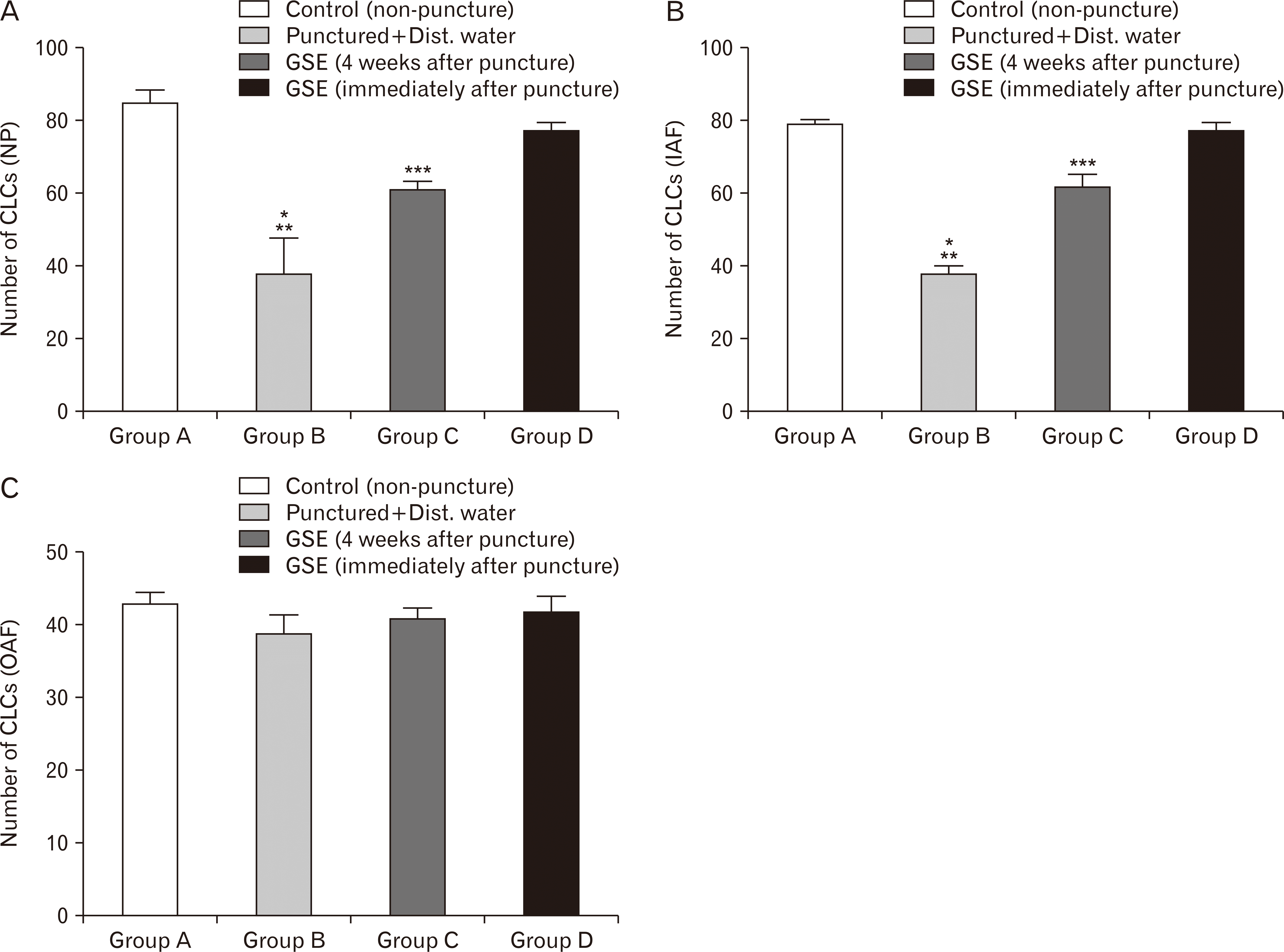


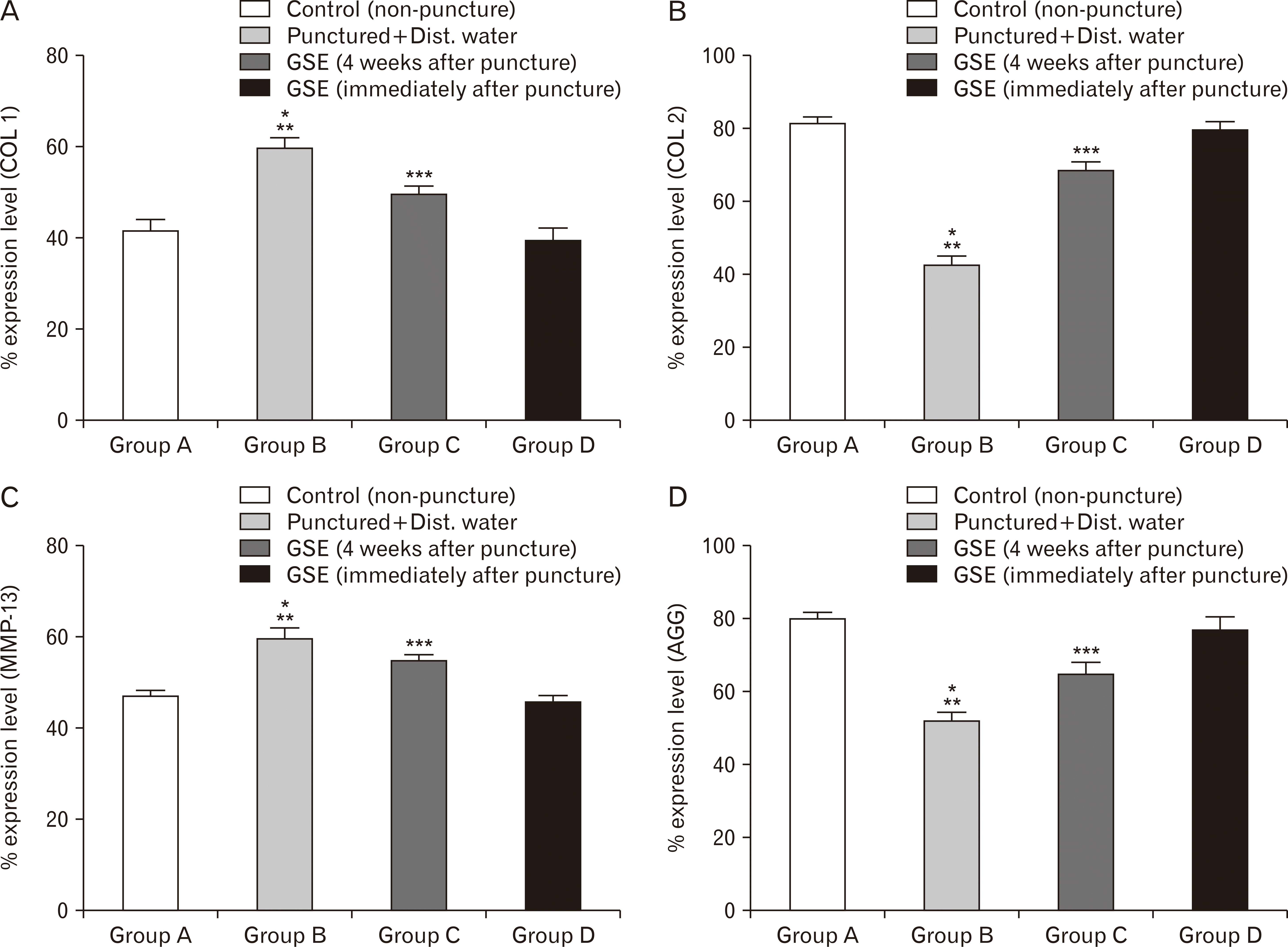




 PDF
PDF Citation
Citation Print
Print



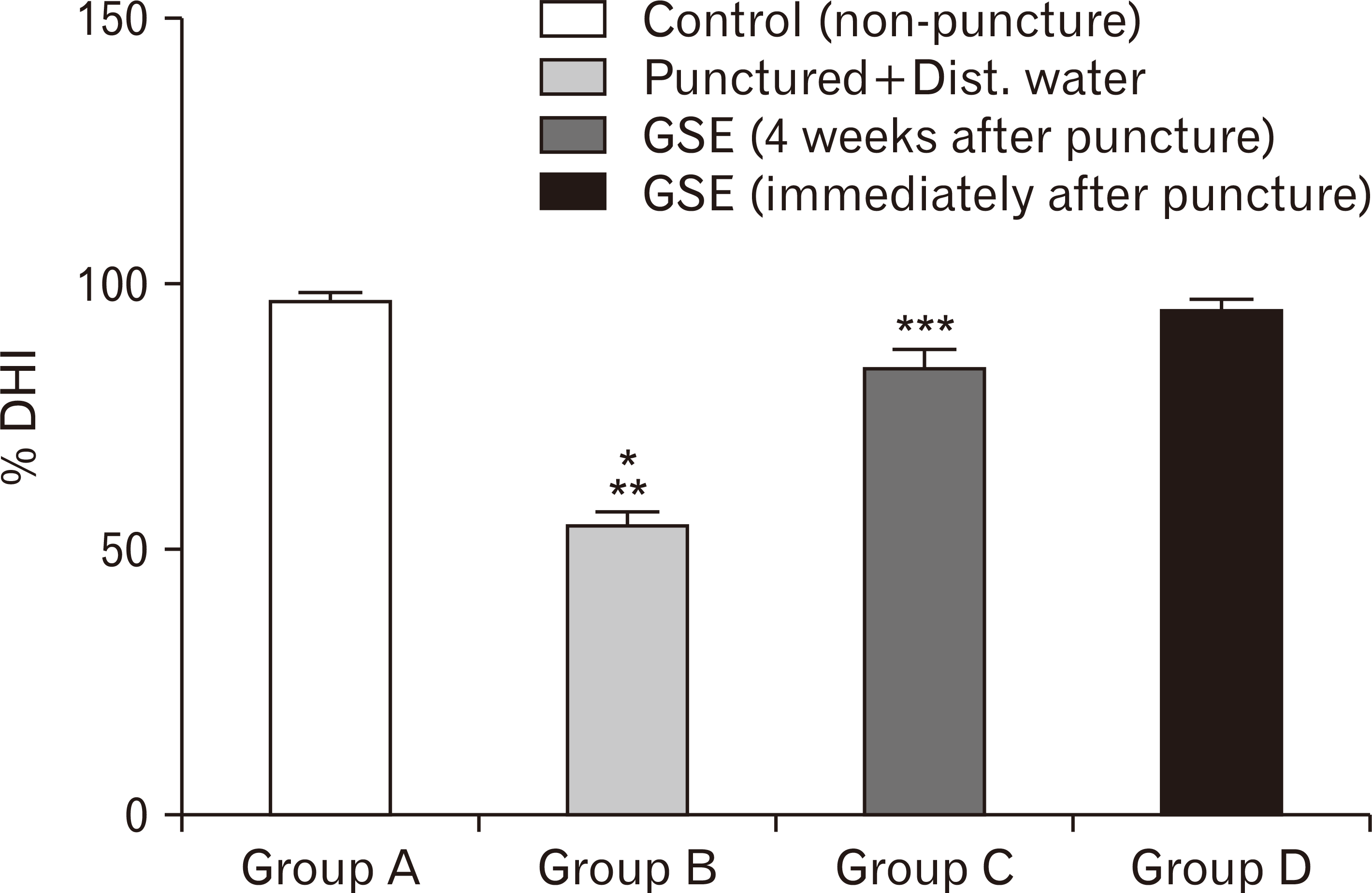
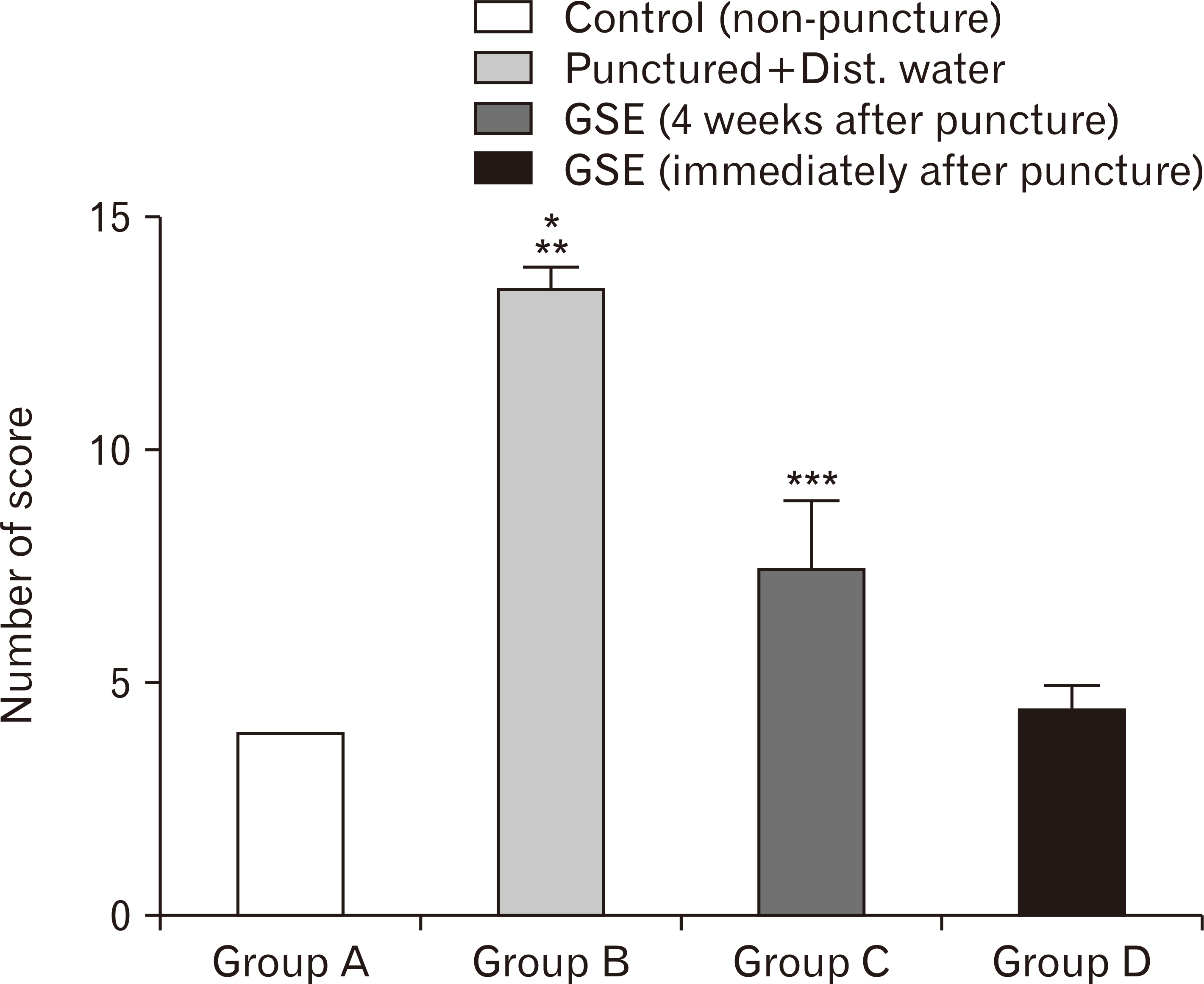
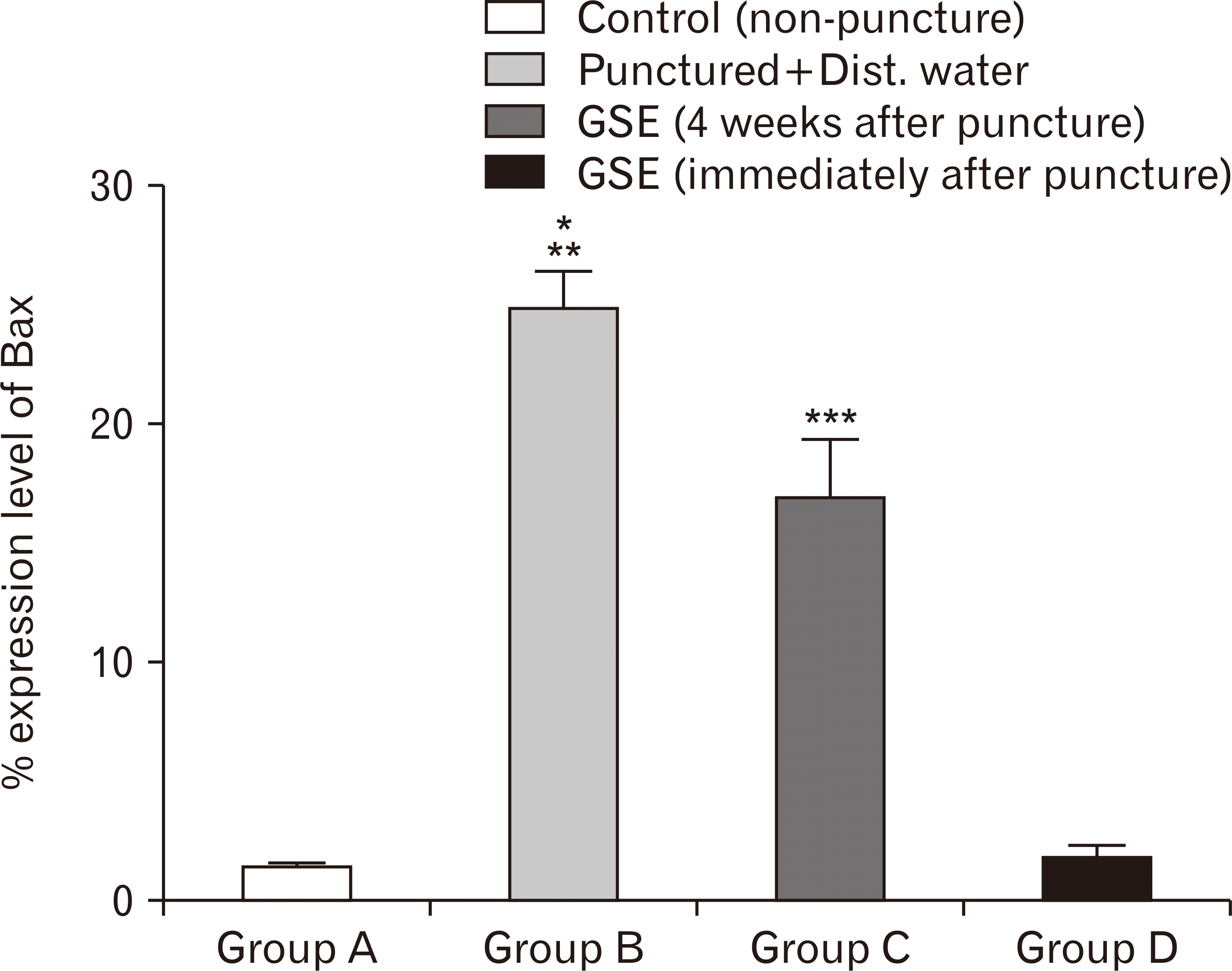
 XML Download
XML Download